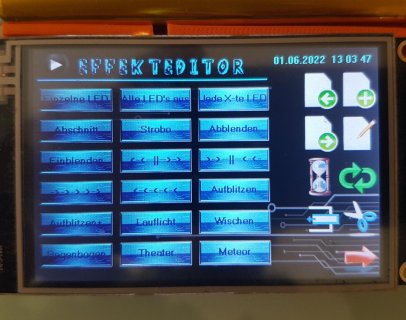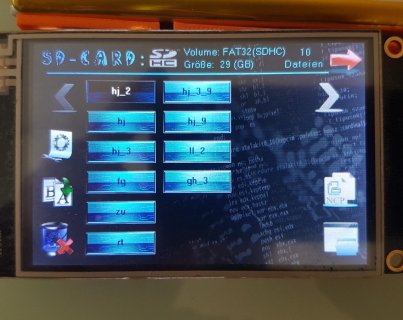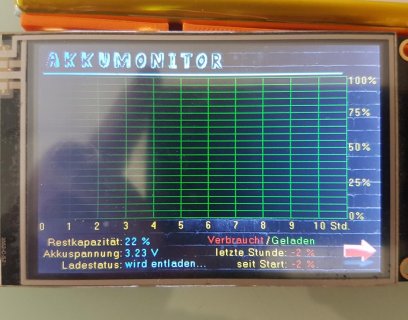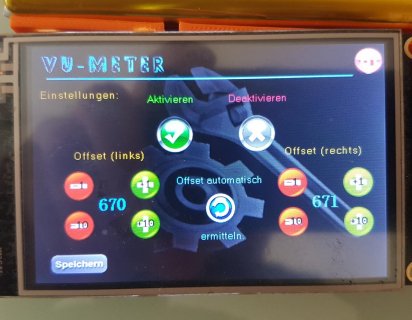Hier mal ein programmierbarer LED-Controller für die WS2812B Strips.
Umgesetzt mit dem Teensy 4.1 und einem Nextion-Display.
Ist zwar momentan noch recht wust aufgebaut aber tut was er soll.
Der eigentliche Controller für die LED-Strips
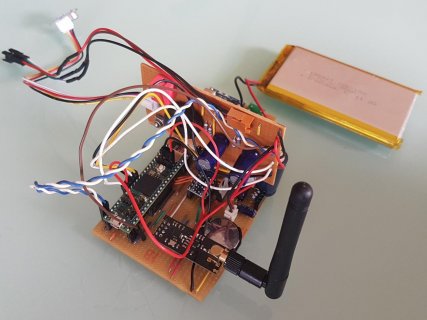
Gesteuert wird das ganze per Funkfernbedienung mit einem Nextion-Display
Muss halt alles noch schön verpackt werden damit es handlich wird

Hier mal ein paar Bilder von der Bedienoberfläche
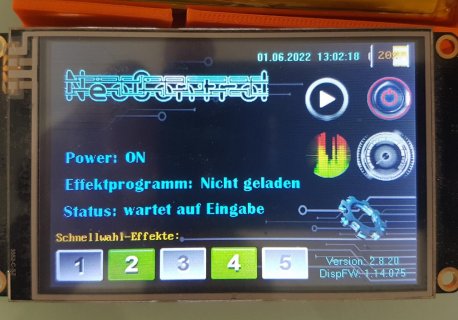
5 Effektprogramme können auf die Schnellwahltasten im Hauptbildschirm gelegt werden.
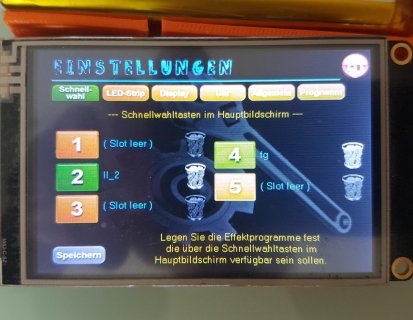
Verschiedenste Einstellungsmöglichkeiten
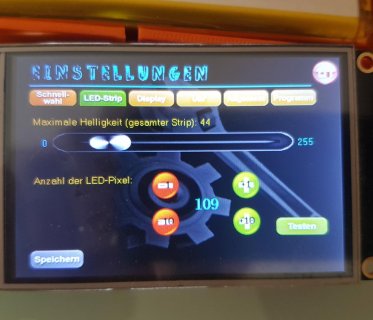
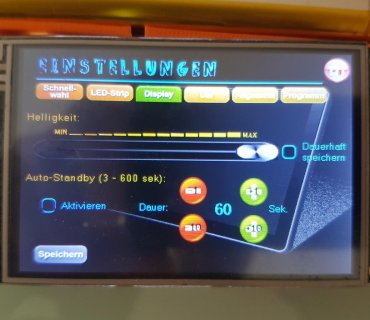
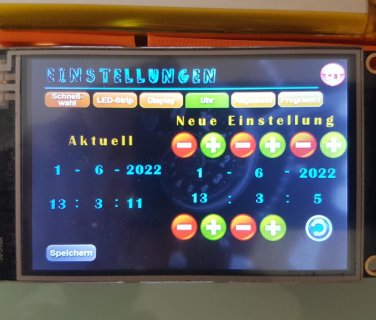
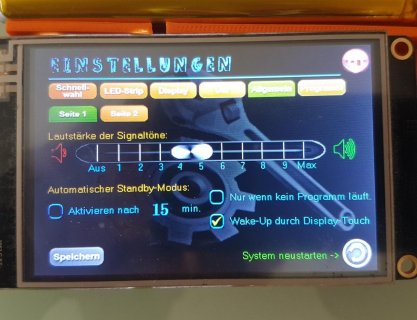

Sowie der eigentliche Effekteditor mit dem eigene Programme geschrieben werden können
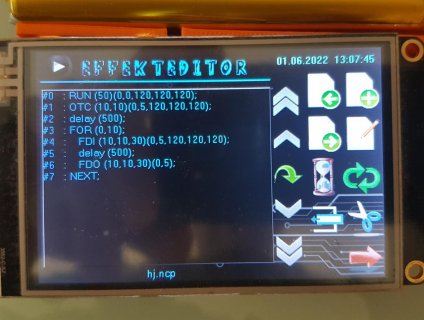
mehr Bilder im nächsten Post...
Umgesetzt mit dem Teensy 4.1 und einem Nextion-Display.
Ist zwar momentan noch recht wust aufgebaut aber tut was er soll.
Der eigentliche Controller für die LED-Strips

Gesteuert wird das ganze per Funkfernbedienung mit einem Nextion-Display
Muss halt alles noch schön verpackt werden damit es handlich wird

Hier mal ein paar Bilder von der Bedienoberfläche

5 Effektprogramme können auf die Schnellwahltasten im Hauptbildschirm gelegt werden.

Verschiedenste Einstellungsmöglichkeiten





Sowie der eigentliche Effekteditor mit dem eigene Programme geschrieben werden können

mehr Bilder im nächsten Post...
Last edited:


